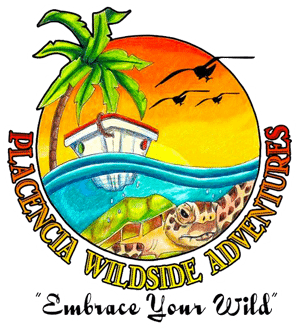|
Belize is home to about 398,000 people, and has been compared to the state of Rhode Island in the USA (when it comes to size). Belize has a diverse group of people, from all ethnic backgrounds, and has often been described as a “melting pot.” Melting pot is a term used to describe a unique blend of different cultures, ethnic groups and communities, which have come together to co-exist in Belize. Each ethnic group, celebrates their own culture amidst one another. The majority of Belize’s population are Mestizo, which is a mixture of Spanish and Maya. This is then followed by Maya, Creole, and Garifuna, Chinese, and Mennonites, contributing to majority of population. There is also a small percentages of Jamaicans, Lebanese, American and European expats. Cultural Groups - The major cultural groups include:
Here are some interesting facts about the languages of Belize according to the Statistical Institute of Belize:
THE MAYAN PEOPLE There are presently (3) three groups of Maya living in Belize.
The Mayan people in Belize represent about (11%) eleven percent of Belize's population. They live in spaciously laid-out villages, some near to the ceremonial sites of the earliest Maya settlements (such as Altun Ha, Xunantunich, Cuello, Lubaantun, Caracol and Lamanai), whcih are sites maintained as tourist attractions, and serve as reminders of their magnificient past. The Maya People of Belize The heart of the ancient Maya empire is in modern-day Belize, and three distinct groups of Maya continue to call the small Central American country home. The Maya of Belize are grouped by their dialect, known as the Yucatec, Kekchi, and Mopan Maya people. While many of their customs and traditions are similar, each sub-group speaks their own uniquely distinct dialect. Although the Maya clashed repeatedly with Spanish forces in other parts of Central America, the heavily rural areas of Belize were largely untouched. Half-hearted attempts by the Spanish to convert the Maya to Catholicism and submit to the yoke were largely ineffectual in Belize, clearing the way for isolated bands of Maya living in the jungle to preserve their language, beliefs, music, and traditional ways. In later centuries, the arrival of the British along with large numbers of enslaved Africans radically changed the make-up of the country. Historical records in the British archives repeatedly refer to hostile “Indians” who would raid towns and villages before disappearing into the forest. Of the surviving Maya population in Belize, the Mopan and Kekchi are the most numerous. The Yucatec Maya in Belize arrived in northern districts of the country such as Corozal and Orange Walk during the 19th century to escape the violence of the Caste Way in neighboring Mexico. Their descendants quickly intermarried and were absorbed by the larger culture, and few Maya today are able to trace their ancestry to Yucatac emigrants. Despite the fact that the Maya compose only a small portion of modern Belize’s population, their status as the original inhabitants of the region is respected and recognized. The legacy of the ancient Maya continues to contribute to the overall cultural richness and diversity of the country, and the Maya remain one of the most significant components of the melting pot that forms the modern nation of Belize. MAYAN FOOD MAYA FOOD The whole life of the Maya centers around agriculture, and their most common food is corn, although beans, pork, and fish are also eaten. Corn is the staple dish of the Kekchi Maya, which is served in a variety of ways. From corn they make masa, which first has to be cooked with white lime. Once soft, it is allowed to cool and then washed in a special calabash with holes, drained and transferred to a corn mill or a traditional grinding stone where it is ground an converted to masa. Masa is used to make tortillas, tamales, pouchu and korech. Most often tortilla is served with a dish of hot caldo (soup). This soup usually contains chicken, fish or game meat with added ingredients such as peppers, annatto, cilantro, culantro, salt, cooking fat and water. MAYAN CLOTHING Mestizo Mayan Clothing MESTIZO MAYAN CLOTHING Just as Yucatecan women wear their “ternos” and “hipiles” for certain occasions, the men (Mestizos) also have typical garments, as elegant as the terno and suitable to the warm tropical climate. This ensemble consists of white straight long pants with cuff at the bottom, with vertical pockets in front and horizontal pockets in back. The shirt, called a “chamarra,” is white, long sleeved, made of poplin, with high, round neck; this is worn over a short sleeved cotton shirt. The wealthy use buttons of gold on the chamarra. A straw hat is worn (known as a “jipijapa”) with two indentations in the front, adjusted with a narrow black band. White leather sandals known as “chillonas” are worn, with a thick high heel. The finishing touch is a red scarf tied to the right side pocket, or around the neck when the chamarra is worn open, with a straw hat. The traditional garments have been disappearing with the passage of time among the majority of the Mestizos, with only a few maintaining these clothing customs. Some, who still conserve the authentic traditions, dress as Mestizos, especially at their dances or night fiestas, but the majority wear, instead of the long-sleeved white shirt, a “guayabera” which is a shirt of Cuban origin. Mopan Mayan Clothing MOPAN MAYAN CLOTHING The Mopan Mayan men & women wear solid colored (traditionally white) shirts with black embroidered trim around the neck and sleeves, which they weave themselves. Their skirts consist of a variety of solid colors, with several layers of gathered cloth, decorated with lace trim at each gathered seam. Kekchi Mayan Clothing KEKCHI MAYAN CLOTHING The Kekchi Mayan women wear embroidered clothing which they weave themselves. They decorate their blouses and skirts with colorful embroidery in geometric designs. MESTIZO MAYAN Mixture of Spanish & Mayan Descent - From Yucatan, Mexico Area Mestizo The Mestizo Mayans are originally from the Yucatan region of Mexico. Perhaps is one of the most predominant group in Belize, representing 48% of the Belize population. They were originally descended from a mix of Spanish and Mayan genetics. They originally arrived in Belize in 1847 to escape La Guerra de Castas (the Caste War), which occurred when 70,000 Maya revolted agains a much smaller Spanish force in Yucatan and annihilated over one-third of the population. The surviving Mestizo fled over the border into British territory. The Mestizo are found in all parts of Belize. They were the first sugar farmers in Belize (cutting sugar cane), and mostly make their homes in the norther districts of Corozal and Orange Walk. Having merged with the Maya in the north, this has resulted in the Yucatec Maya giving way to the Mestizo Mayan, causing them to slowly lose their language and culture to younger generations. Since the 1980's, many thousands of refugee Mestizo from Guatemala, El Salvador and Honduras have established communities near the capital city of Belmopan; while those living in the Stann Creek district in the south have found employment in the citrus and banana industries. Descendants of the earlier settlers also inhabit the larger northerly islands of Caye Caulker and Ambergris Caye. Mestizo are Spanish-speaking, although some do speak English fluently. Today, nearly 40% of Mestizo descendants speak Spanish. MOPAN MAYAN Mixture of Yucatan Mayan & Spanish, from the Peten Guatemala Area The Mopan Mayans are originally from Peten of Guatemala, home to the famous Tikal Mayan Site we see today. How the Mopan Mayan came to be in Pete, Guatemala is unclear but the most likely reason is that they were part of the ITza group that migrated from Yucantan during the civil war between the Xiu and Cocom families during the Terminal Classic period (790 A.D. to 1,500 A.D.), which settled at Lake Tayasal. The Mopan are a branch of the Yukatec as evidenced by their language and culture traits such as cross-stitched embroidery which has the same name: Xocbil Chury. After the Itzaj capital on the island Noj Peten was subjugated by the Spanish in 1697, Mayas were forced to live in missionary towns also known as entradas. The Mopan, the Itza and San Jose are from the same branch of Maya family. KEKCHI MAYAN Mixture of Mayan & Spanish - From the Verapaz region of Guatemala. The Kekchi' Mayans are originally from the Verapaz region of Guatemala. They migrated to Belize the late 1800's after losing their land to German coffee growers. The Kekchi' Mayans settled in the lowlands areas along rivers and streams, farming small isolated villages throughout Toledo, Belize. Because of their isolation the Kekchi' have become the most self-reliant ethnic group in Belize. They are also peaceful people known for their cooperative practices in farming and cultural developments. While over 30 distinctly Kekchi' Mayan communities exist in the Toledo, Belize, over the years the Kekchi' Mayans have mixed with the Mopan Mayans communities. The largest village of Kekchi' Mayan is San Pedro Columbia in the Toledo, Belize. The Kekchí raise corn and beans as staple crops. These are planted together in plots that are burned off and then worked with digging sticks. Sexual taboos and fertility rituals are associated with the planting. Houses are built of thatch and poles, without windows, and hammocks are used for beds. In some places women still weave, using the backstrap loom, but pottery and weaving are on the decline and commercially made cloth now predominates. KRIOL Mixture African & Europeans - Not to be Confused with Garifuna KRIOL It's become a broad term for anyone who has mixed blood with African and is not a Garifuna. In Belize, a Kriol is any person who has some African blood, and in a few instances, some locally born "whites". They are mainly the descendants of British settlers and African slaves that were brought to Belize in the 18th and early 19th centures. The classification “Kriol” originated during the colonization of Belize (when Africans were brought as slaves), and mingled with the European Logwood cutters. Today Kriol can be both fair and dark skinned people, depending on their background and ancestry. Historically, Kriol's have formed over 60 percent of Belize's population, however, those numbers have diminished greatly over the past years and it is currently at about 24 percent. This has been mainly due to their migration to North America and to the influx of Central American immigrants to Belize. Presently, most of the Kriol population lives in Belize City, and in villages along the Belize and Sibun rivers; as well as along the Western and Northern highways. The Language - The masters taught the slaves English so that the Belizean Kriol spoken became a version of English which has African words. Everyone says it sounds like broken English when spoken, although it is a dialect which has been recognized as an official language. Anyone who speaks Kriol, will tell you that it's alot more than just broken English, there are traces of Spanish, even French in it. Kriol is an intriguing language that thrives on euphemisms and metaphors. It frequently downplays harsh phrases and makes abstract comparisons to impart wisdom. KRIOL FOOD KRIOL FOOD Kriol foods consist of mostly rice, beans, bread, fish and any type of meat. Their dishes may seem simple and basic but they are exotic in flavor. Popular delicacies include rice-and-beans, stew chicken, beef or pork, boil-up, sere, cow foot soup, crab soup, and conch soup. They use alot of plantains and casava in their cooking. Every meal is usually accompanied by a fruit juice or a soft drink. Kriol people are very fond of their cashew & blackberry wines. KRIOL CLOTHING Traditional Kriol womens' attire includes cotton blouses and long colorful skirts. Shirts can be white with colorful ruffled fabric along the neck. Often the colorful fabric is incorporated in both the skirt, blouse and head covering. Men wear elaborortely dyed traditional shirts, white pants and a straw hat. The Kriol population was the numerical majority during the colonial period but this group now represents 21% of the population. GARIFUNA Mixture of African & Caribbeans - Not to be Confused with Creole Garifuna The Garifuna people, like many of the peoples in Belize, are descended of mixed heritage of; descendants of West African, Central African, Island Carib, and Arawak people. During the height of Caribbean colonialism, slaves were brought en masse to this region, one of these slave ships ran ashore which lead to the meeting of the African people and native islanders. Over the course of a few generations they resisted British rule and were exiled and pushed back from island to island until they landed in Honduras and then in Belize in 1802. In the south under the shady palms and almonds, their people have flourished and are now regarded as one of Belize’s predominant cultures. Southern Belize is the cultural hub for the Garinagu people of Belize. Although this group of people are mostly known as Garifuna, that term should be used for their language and as group, they should be called Garinagu. Consolidating their settlements along the coast at Dangriga, Hopkins, Seine Bight, Punta Gorda and Barranco, the men worked in the mahogany camps, while others fished and cleared the bush for the women to plant cassava and other root crops. Living largely in exclusive societies, the Garinagu comprise about six percent of Belize's population. Despite changes in the physical environment, they have held on to most of their traditions, especially retaining their attachment to the sea. Perhaps the greatest influence the Garinagu has exercised on the Belizean community can be found in their ability to successfully display and preserve aspects of their culture at every available opportunity. November 19th is a National Holiday in Belize commemorating their arrival to Belize. As a people, they still hold true to their traditional practices, they’ve adapted to speaking Kriol, English, or Spanish where appropriate but their own Garifuna Language to one another, many of their spiritual beliefs, such as the Dugu ceremony, steeped in mysticism still resound loudly with this generation’s Garifuna and their food has transcended cultural walls to become wildly popular in all of Belize. The Garifuna still perform many of their traditional dances such as the Jankunu dance during Christmas, the history of which is heavily disputed still. More popular still than the Jankunu is Punta dancing and punta music which has become very popular in some parts of Belize and the surrounding regions even giving rise to famous “Punta Rock” artists like “Supa G” and “Lova Bway”. The Garifuna of Belize (and very much so everywhere they settle) show resilience despite outside influences and proudly practice and display their unique “melting pot” culture. GARIFUNA FOOD GARIFUNA CLOTHING MENNONITES Mixture of German Mennonites Living in Belize Mennonite The Mennonites of Belize are Relatively new in the bigger picture, arriving as late as the 1960’s to settle in Belize. Unlike most other cultures and ethnic groups that populate the country, Mennonites don’t make a habit of mixing with other Belizeans in most senses of the term. Mennonites live generally in secluded communities, not by way of distance but by way of lifestyle since their villages and towns are inhabited almost exclusively by Mennonites. Migrating from the Netherlands in 1790, to Prussia, Germany, South Russia, Canada, the United States, and Mexico, the Mennonites finally settled in Belize in 1958. Under agreement with the government they bore all expenses of removal and settling, bringing with them capital amounting to one million dollars. They are exempted from military service; and although they pay all other taxes, they do not partake in any form of compulsory or social welfare schemes. Initially, some 3,500 Canadian Mennonites arrived in Belize, and today form communities on the upper reaches of the Belize River: Blue Creek on the Mexican border; Shipyard, Indian Creek, Richmond Hill in the Orange Walk District; Spanish Lookout and Barton Creek in the Cayo District; Little Belize in the Corozal District. Comprising 3.6 percent of Belize’s population, they have made it a point to have their own school, church, and financial institutions in their various communities. No matter in which region of Belize the Mennonites live and work, they are liked and respected, especially for the true Christian characteristics and helpfulness to others which they willingly display. Language - The Mennonites of Canadian origin speak excellent English, although among themselves they use German. In general though they can be said to be multilingual, since the older generation who were born in Canada speak English, the younger generation who were born in Mexico speak Spanish, and they all speak their own German dialect. They are farmers and craftsmen who provide a large percentage of grains to the Belizean market as well as furniture, industrial vehicle parts, poultry and dairy products. One of their largest settlements, Spanish Lookout is oddly reminiscent of North American country towns with rolling hills, wide roads, no fences and tractors driving about, a quaint departure from how the rest of Belize usually looks. The Mennonite, with their farming tradition, are well grounded in agriculture, and most Belizeans benefit from the sale of their produce throughout the country. Practicing organic farming, they grow peanut, potato, corn, beans, tomato, watermelon, carrot, papaya, sweet pepper, cabbage, and coriander. They are also involved in cattle and feed farming. Their contribution to food production is great, and a lot of the foodstuff on the store shelves come from their farms. They have established an egg hatchery which supplies Belize with eggs and chickens on a permanent basis. Milk, butter and cheese are also produced. Their personal eating habits, as well as food selection, reflect the Mennonite's origin, as they tend to select the best dishes from each country in which they lived and adopt them as their own specialties. MENNONITE FOOD Social Life & Food - Mennonite's seek the right balance between interacting with the larger society, while still maintaining their conscientious way of life, as something that happens through a closer understanding of how they honor the world. At least two large commercial stores serve the large settlement of Spanish Lookout and other communities; and interestingly enough all members of the community receive a dividend every five years relating to the amount of money they spend in the store. The Mennonite, in the Shipyard area, are known as skilled carpenters, and can be seen selling their furniture in Belize City and other urban centers. The Mennoites in Blue Creek are known for, building & construction countrywide, including roads and bridges. MENNONITE CLOTHING Clothing Seeking to exist in isolated farming colonies without the benefit of much modern technology, the Mennonite are easily identified by their old-fashioned apparel. The women wear long dark dresses with aprons and hats, while the men wear coveralls and checkered shirts. MIDDLE EASTERN Mixture of Muslim Immigrants living in Belize Middle Eastern Since the Lebanese first arrived in Belize in the 1900s, the settlements of San Ignacio and Benque Viejo del Carmen have served as their primary homes within the Cayo District. It is through their incredible work effort and business savvy that the Lebanese have survived and even thrived, providing not only for themselves but also for their future generations. These days, it is possible to find up to five generations of Lebanese Belizeans in San Ignacio. Common Lebanese surnames include: Awe, Zaiden, Habet, Espat, and Bedran. They are mostly from Lebanon and Syria and come to Belize mostly as merchants, entrepreneurs, and professionals. While not in any great numbers, their culture is starting to leave an impact on the country. Phenmominal Lebanese restaurants such as Sahara Grill are popping up in Belize City. While the Lebanese account for far less of Belize’s population than the Chinese, they have started to leave an impact on the country. Arab food restaurants, like Sahara Grill, have opened in both the capital and Belize City, where there is even a mosque for practicing Muslims to engage in worship. History of Lebanese Gaining an understanding of Belize’s Lebanese community, is best gleaned by understanding their history from the time of Belize’s immigrants from Lebanon. The Lebanese who first came to Belize were men with little but their clothes. This left most struggling as peddlers. This mercantile approach to life began by trekking out to the logging camps and remote villages, selling items that the residents needed. As these Lebanese collected funds, they slowly transitioned into operating specialty stores. Both San Ignacio and Benque Viejo del Carmen played crucial roles in Belize’s Lebanese community by serving as significant chicle centers trade; chicle is the base product of chewing gum. The form of the entire chicle industry was like a pyramid.
LEBANESE CLOTHING LEBANESE FOOD ASIAN-CHINESE Chinese Immigrants Asian Perhaps the fastest growing group of immigrants (other than Central Americans) to Belize are the Asian people of Taiwan and China. They come to Belize almost exclusively as entrepreneurs, opening up “supermarket” style stores on small and medium scales and restaurants serving up locally made (and very popular) Chinese foods. The current generation of Asians in Belize are educated in the same schools as other Belizeans to become professionals like the general population and lead normal lives like the rest of us and seem to bond a lot closer to Belizean locals than their parents had in the past. The Chinese community in Belize consists of descendants of Chinese immigrants who were brought to British Honduras as indentured laborers as well as recent immigrants from China and Taiwan. History - Early history The importation of Chinese workers to British Honduras was a response to economic shifts in the mid-19th century. As logwood and mahogany production declined, sugarcane plantations became of increasing importance. Recruitment of workers from China was facilitated by colonial governor John Gardiner Austin, who had previously served as a labour broker (in Xiamen, Fujian on China's southeast coast), he recruited 474 Chinese workers to British Honduras in 1865. By 1869 - Only 211 of the Chinese workers remained accounted for; 56 had died, while another 155 had sought refuge with the native peoples at Chan Santa Cruz. Many of the deaths were due to suicide in response to horrifying working conditions. Early 20th Century - By the early 20th century, more Chinese laborers began to migrated to Belize. The second largest batch came just before the outbreak of World War II, when they traveled to the United States from where they gradually trickled southward by land to Mexico and Central America. The Chinese were originally brought to Belize as Indentured Servants as Slaves. Late 20th century - Belize's citizenship-by-investment programme, which began in 1986, was a popular option among Chinese migrants in the 1990s. In response to the demand, the price rose from US$25,000 to US$50,000 in 1997. Mainland Chinese migrants (for their part), sought to use Belize as a stepping stone to get around tough U.S. migration policy against them; however, the U.S. tightened up its visa requirements for Belizeans in response. Migrants from Taiwan also took advantage of this program. Among migrants from Taiwan it was especially popular to bring aged relatives to settle in Belize. Not all of the migrants returned to their homeland or went on to the U.S.; some settled in the Belize River on the tracts of land that the government granted them in exchange for their investments, bringing in workers to building houses and schools. In the mid-1990s - There may have been as many as six or seven thousand Chinese people in Belize. However, when the government tightened its work permit policies, an exodus began — the migrants went to other Chinese communities in Costa Rica, Thailand, and the Philippines where migration policies were more favorable. By 1998 - the Chinese were estimated to have fallen to about 1.5% of the Belizean population, or three thousand people. Corozal for example was reported to have had a peak Chinese population of 500, but then this fell to a tenth of that. In the 19th century - during the Caste War in neighboring Yucatán, Mexico, Chinese and Lebanese shopkeepers began setting up businesses in Belize City. A hardware store run by a Chinese migrant named Augusto Quan was well known as the only supplier of certain tools, nails, and buckets for a long time. Others established laundries, brothels, gambling houses, Live Draw Xiamen Lottery and restaurants. Today the Chinese community control most of the economy and became dominant in the grocery, restaurant, fast food, and lottery trades. Demography In the 2000 Belize Census, it was discovered that 1,716 Chinese people (0.7% of the population) were living in the country, and 1,607 people spoke Chinese as their first language. Chinese are an overwhelmingly urban population, with five-sixths (5/6) living in cities, the highest proportion out of all tabulated ethnic groups. This is a slightly higher proportion than Garifuna and Creole people, but contrasted sharply with East Indians, of whom roughly half live in rural areas. The majority (988 people), live in Belize City and (351 people) live in the capital Belmopan in the Cayo District. The Central Statistical Office indicated in an official report, that many Chinese migrants did not respond to the census and thus were under-counted. The language barrier may have accounted for part of this, while others may be due to illegal immigrants' unwillingness to participate in the census for fear the information could be used for law enforcement. The 2010 Census did not break out Chinese separately, but did record 2,823 as "Asians" (a separate category from "East Indians"). ASIAN (Chinese) FOOD EASTERN INDIAN Eastern Indian Immigrants East-Indian - The East Indian people of Belize share a common origin, but are not to be confused for the recent Indian immigrants. East Indians were some of the first peoples to be brought to Belize, to supplement the workforce at the time of the plantations. Their arrival wasn’t until after slavery was abolished, after serving their contracts many turned to entrepreneurial ventures as a means of life. Today the East Indians have integrated themselves into the network of cultures that make up Belize. Their influences constitute a considerable part of our commerce and food culture. Though they have intermingled, the East Indians are still identifiable by their distinct physical features. They have adapted socially to Belize and the larger populace forming yet another layer of to the Belize ethnic fabric, making this their home in our little stretch of Caribbean/Central American life. EASTERN INDIAN FOOD EASTERN INDIAN CLOTHING
0 Comments
Mayan Brownie Recipe - These brownies combine the taste of chocolate and cinnamon together. Mayan Brownies
1/2 c. 1 stick unsalted butter 1 1/4 c. granulated sugar 1/2 c. unsweetened cocoa (Hershey's) 1 tsp. vanilla extract 3 large eggs 3/4 c. all purpose flour 3/4 tsp. salt 1/2 tsp. espresso powder 1 tsp. ground cinnamon powder 1/4 tsp. ground cayenne pepper 1 c. semi sweet chocolate chips 2 Tbsp. mini chocolate chips Ganache 2" stick of cinnamon (broken into pieces) 3 oz. heavy cream 1-1/2 Tbsp. light corn syrup 1/4 tsp. vanilla 6 oz. chopped good quality, dark chocolate For the Brownies - Preheat oven to 350 degrees F. Lightly grease or spray a 9" square baking pan. (I like to line mine with foil and then spray for easy removal and cutting.) In a medium bowl melt butter in microwave. Don't boil it, just heat it until it's melted. Set aside to cool for a minute. In a separate bowl, whisk flour, salt, espresso powder, cinnamon and cayenne together until thoroughly combined. Stir in chocolate and cinnamon chips to coat them in the mixture. Set aside. Whisk sugar into melted butter then add cocoa and whisk to combine. Add eggs and vanilla and continue to whisk until thoroughly combined. Add flour/chip mixture to butter mixture and stir until combined. Spread batter evenly in pan. Bake for 30-35 minutes or just until a toothpick inserted into center comes out with some moist crumbs attached. Allow brownies to cool completely. For the Ganache - Place cinnamon stick and cream into a small sauce pan. Bring to a boil, then remove from heat, cover and allow to steep for 30 minutes. Strain the cream to remove cinnamon pieces and pour back into sauce pan. Add corn syrup, stir then return to heat until the cream is just starting to simmer. Stir in vanilla and chopped chocolate and remove from heat, continuing to stir until all chocolate pieces are melted. Spread evenly over brownies and allow to cool. Cut into squares. Because of the ganache, I like to store these brownies in the refrigerator. Makes 16 brownies. In Belize, some 75 species of bats account for about 58% of the mammal population, thriving on the many types of fruits, flowers, insects and other food sources to be found throughout the country. And, fitting right in with Belize’s biodiversity and multicultural human population, the variety of bat species is impressive, with Argentine Brown Bats, Southern Yellow Bats, Northern Yellow Bats, Little Yellow-shouldered Bats, and Red Bats as well as Great, Pygmy and Toltec Fruit Eating bats, Hairy Big Eyed Bats, Lesser and Greater Doglike Bats, and fifty shades of Naked Back and Big Naked Back Bats, to name just a very few. These airborne environmentalists work the night shift to keep our rainforests healthy. They are the most populous mammals on the planet and one of nature’s greatest success stories, and depending on your perspective are either cute vegetarian flying foxes or scary Bela Lugosi vampires. There are more than 1100 different kinds of bats sharing the planet with us. All those different types of bats share one thing in common; their forelimbs have evolved into wings, making them the only mammals in the world naturally capable of flight (sure, Australia has sugar gliders and there are lemurs, flying squirrels and other tree dwellers that have learned to glide, but bats are the only mammals specifically built to fly). Many different plants depend on bats for pollination. In fact, in Belize there are flowers specially evolved to accept the long snout of certain bats, which are their only source of pollination. Also, bats are essential in spreading many types of fruits, nuts and other vegetation through their nutrient-rich droppings. Consider that, and bat’s’ importance in pest control, and you get an idea how valuable they are. One cave system in Mexico supports a population of some 20 -25 million bats who each day consume megatons, of insects, according to Belize Foundation for Research and Environmental Education (BFREE) biologist Dan Dourson. Now, imagine what would happen if bats weren’t around to pollinate flowers and reduce insects and you get an idea to how important they are to the elegant, intricate and fragile balance of nature. Some Interesting Bat Facts (with thanks to Wildlife Belize.com)
BAT CAVE - Tour description - This is a 4 hour tour in the cave, located just 10 minutes from the famous Xunantunich Mayan ruins. This cave is home to dozens of bat species. One of these species is the ghost-faced bat, which can be found in this cave. EMBALLONURID BATS
NOCTILIONIDAE BULLDOG BATS Bulldog Bats Noctilionidae - Bull-dog or mastiff bats are medium-sized bats, often brightly colored. The region around the mouth is distinctive. The lips are full and form cheek pouches, in which the bats store food as they feed while flying. The tail of bulldog bats runs through the uropatagium for about half the length of the membrane, then exits dorsally, and the terminal part of the tail is free. The feet and claws range from relatively large (Noctilio albiventris) to relatively enormous (Noctilio leporinus) in size, and the legs are proportionately longer than in most other bats. The ears are moderately large and a tragus is present. Bulldog bats have a pungent odor, described by some as "fishy. Most Bulldog Bats feed only on insects. The only Bulldog Bat found in Belize, Noctilio leporinus, takes fish, frogs, and crustaceans as well. To capture fish, these bats use their echolocation to locate exposed fins or ripples made by fish swimming near the surface. They then drag their claws through these ripples. Their hind claws are unusually large and sharp and serve as efficient gaffs. Once out of the water, the fish is carried to a perch, where it is eaten by the bat. Noctilio leporinus may also capture insects and crustaceans on the surface of the water. These bats usually roost near water, often in hollow trees or in deep cracks in rocks. MOLOSSIDAE FREE-TAILED BATS
MORMOOPIDAE LEAF-CHINNED BATS
NATALIDAE FUNNEL-EARED BATS Funnel-eared Bat Natalidae - Natalus mexicanus, the Mexican funnel-eared bat, is the only member of Natalidae that is found in Belize. They are aerial insectivores that appear to be specialists in feeding on spiders. All of these bats have funnel-shaped ears and long, slender hind legs. PHYLLOSTONIDEA LEAVE-NOSED BATS
VESPERTILIONIDAE BATS
Actun Chapat - One of the Best Caving Experiences in Belize. Actun Chapat Cave is one of the best caves in Belize to explore! Inside this massive cave system are crystallized rock formations, Mayan stories, flying and crawling cave critters, a beautiful cenote, and an area known as "The Skylight". Where is Actun Chapat located? It is located in Cave World Adventures, at #1 Minhocao Trail, San Jose Succotz Village, in the Cayo District of Belize. Cave World Adventures is an adventure and wilderness park created as a preservation project for Belize's flor and fauna. Actun Chapat = Means Centipede Cave The name “Actun Chapat” means “Centipede Cave” and (yes you are correct), the cave is littered with centipedes inside, but don't worry they won't bite. There is much Mayan tales about the cave, which refer to a serpent (more like a dragon), that lives deep inside the cave. So far, we haven’t found that serpent, but we have indeed found many centipedes. This cave sits next to a smaller cave known as Actun Halal (Cave Of The Spear) where archaeologists have found evidence of a mastodon tooth and the remains of an extinct cave bear. Certainly this evidence refers us back to the Paleolithic era when humans were still hunters and gatherers and the age pleistocene animals were still roaming these country sides. The first cave that you will encountered is called “Baby Chapat,” which is basically a smaller cave within the much larger cave system. Passing through Baby Chapat, you will enter into Actun Halal, which is a rock-shelter where the Mayas carved faces into the soft limestone of the cave walls. After briefly visiting Actun Halal, you will hike a bit further before getting to Actun Chapat, the cave you will be exploring on this day. The first challenge you will encounter, is the entrance to the cave. You will need to keep a 3-point contact to climb inside the cave. We found most of the rocks to be slippery - so be careful. Once inside the cave, you will be greeted by a grand crystalized rock formation, along with many broken pieces of pottery pieces, AND (you got it!) centipedes! Each piece of pottery is said to have been brought into the cave by ancient Maya priests, when they conducted their rituals and human sacrifices to their deities. After the rituals were performed, the pottery was then broken to release its spirit. Many of the pieces in this cave date back to as early as 1800 A.D. The ancient Maya never lived in caves, cave were predominantly used for rituals and burials. There are skeletal remains in this cave, either from human sacrifices or as a final final resting place for the dead. There is are a couple sacred ritual rooms where certainly the activities there were of religious and spiritual importance. When exploring Actun Chapat, you will entered into one of the largest chambers for caves in Belize. The cave ceilings are very high, and the inside has a rather hallow feeling to the rock formations. Usually at this point, your guide will stop and ask you to turn off your headlamps. This is when you really get to experience just how dark a cave really can be. Try calling out your name, and listen to your voice echo back to you in this cavern. After you have completed alot of walking and rock climbing, you will reach the skylight. The skylight is a cenote or sinkhole that the Mayas believed was the entrance to the underworld of Xibalba. The sinkhole is caused by the process of carbonic acid softening of the minerals inside the limestone mountains, which later collapses. The carbonic acid comes from water that had accumulated on top of the mountains. Making it to the skylight was definitely worth all the climbing and crawling! When is the best time to go to Actun Chapat? - The best time to visit Actun Chapat is in the morning - you don’t want to be hiking out of the cave when darkness is approaching. Taking into consideration that most days in Belize are warm and sunny, any day is appropriate to go spelunking in Belize. What is the level of difficulty of Actun Chapat? - On the difficulty scale of 1 to 10 with 10 being the most difficult, Actun Chapat is a 4.5. Inside the cave is rather slippery, even in the dry season and exploring the cave requires a lot of crouching and climbing. The geological “art works’ found in Actun Chapat is spectacular and is generally not seen in many caves around Belize. So far, there are a little more than 200 registered caves in Belize. You will find wide open and long spaces in this cave, up to 500 meters in length. This alone is incredible to witness, as underground water years ago, created these wide open spaces - deep inside the cave. Archaeologists suggest that this cave can be longer than 6 miles in length. Not very many people have ventured that deep into this cave to bear witness to it. What we do know, is this cave has 3 lakes inside of it, along with a wonderful beach area. We also know that the ancient Maya modified stalactites, stalagmites and glow stone formation (in this cave), to their advantage. Whether to be for entertainment, style, or to respect the underworld as an even more ominous a place to visit. We also know that, the ancient Maya also created some stairs and hand and footholds in the sharper and higher reaches of the cave. One most impressive evidence of this, is in the sinkhole, high within the bowels of the cave. How to get to Actun Chapat? - Getting to Actun Chapat takes a total of roughly one (1) hour and thirty-five (35) minute drive from San Ignacio Town. This includes the time to get from San Ignacio to San Jose Succotz Village (about 15 minutes away). The drive on Waterhole Road (1 hour), and the hike from Cave World Adventures to the cave entrance (is about 20 minutes). Getting to Actun Chapat from Belize City - takes about 3 hours and 35 minutes. You can get to Actun Chapat in a private vehicle or car rental. The Portuguese Man-of-War is often mistakenly referred to as a jellyfish. It is actually a species of siphonophore, which is a group of animals that are closely related to the jellyfish. A siphonophore is unusual in that it is comprised of a colony of specialized (genetically identical individuals called zooids or clones), with various forms and functions, all working together as one. Each of the four (4) specialized parts of a Man-of-War is responsible for a specific task, such as (1) floating, (2) capturing prey, (3) feeding, and (4) reproduction. Found mostly in tropical and subtropical seas, Portuguese Man-of-War are propelled by winds and ocean currents alone, and sometimes float in legions of 1,000 or more! The Portuguese Man-of-War is recognized by its balloon-like float, which may be blue, violet, or pink and rises up to six inches above the waterline. Lurking below the float are long strands of tentacles and polyps that grow to an average of 30 feet and may extend by as much as 165 feet. These tentacles contain stinging microscopic capsules loaded with coiled, barbed tubes that deliver venom capable of paralyzing and killing small fish and crustaceans. While the Man-of-War's sting is rarely kills a human, it can pack a painful punch that causes welts on exposed skin. DIFFERENCE BETWEEN A JELLY FISH & A PORTUGUESE MAN OF WAR The Portuguese Man-of-War is a predatory species. It uses its feeding tentacles to sting and paralyze small fishes, pelagic crustaceans, and other invertebrates. The feeding tentacles may be up to 165 feet in length. These tentacles deliver a powerful sting and are also used for defense against predation. Fast Facts About the Portuguese Man-of-War
Fun Facts About the Portuguese Man o’ War 1. The Portuguese man o’ war is not a jellyfish, it is considered a siphonophore, which is a colony of specialized animals called zooids that work together as one. 2. The Portuguese Man-of-War does not swim. Instead, it uses wind and ocean currents to propel it forward. 3. The Portuguese Man-of-War was named after its resemblance to 18th century Portuguese warships. 4. The Portuguese Man-of-War's float can be up to 6 inches (15 cm) tall. 5. The Portuguese Man-of-War's tentacles can grow as long as 165 feet. The Portuguese Man-of-War was named after it's resemblance to 18th Century Portuguese warships. It has a distinctive sail-like float that can reach 12 inches in length, 5 inches in width, and rises 6 inches above the water surface. The colorful float may be translucent blue, pink, or violet. This gas bladder is filled with nitrogen, oxygen, argon, and a small amount of carbon dioxide from air, plus up to 14% carbon monoxide. In addition to the float, the Man-of-War has three other polyp types. The tentacles (used for defense and disabling prey, which can reach up to 165 feet in length), the gastrozooids (used for feeding), and the gonozooids (used for reproduction). The Portuguese Man-of-War includes two species. (1) The Pacific Man-of-war (Blue Bottle) and the (2) Australian Man-of-War. The Pacific Man-of-War has a wider color range and many tentacles, while the Australian Man-of-War has a single long tentacle. Habitat and Range - The species occurs in the warm waters of the Atlantic, Pacific, and Indian Oceans, as well as the Caribbean and Sargasso Seas. The Portuguese Man-of-War lives on or just below the surface of the water. A siphon in the float lets the animal float or descend in the water. Wind pushes the animal's float at a 45 degree angle. Some Portuguese Man-of-War are "left-sided," while others are "right-sided." The different orientations (of the floats), help the animals to disperse across the oceans. Diet - The Portuguese Man-of-War is a carnivore. Its tentacles contain stinging cells called nematocysts that paralyze and kill small fish, worms, and crustaceans. The tentacles move prey to the gastrozooids on the underside of the float. The gastrozooids secrete enzymes that digest the prey. Nutrients are absorbed and circulated to other polyps. The Man-of-War is prey to sea turtles, sea slugs, and crabs. Reproduction and Offspring - Each individual Portuguese Man-of-War is either a male or a female, and they reproduce sexually via a method known as broadcast spawning. Large groups of Man-of-War's come together, where females release their eggs and males release their sperm into the water column, all at the same time. This usually occurs in the autumn of each year. This method increases the likelihood that eggs will be fertilized. Portuguese Man-of-War and Humans - Both jellyfish and Man-of-War tentacles can sting after the animal is dead or when they are detached. Stings are painful, although not usually fatal. Neurotoxins in the venom cause mast cells in skin to release histamines, resulting in inflammation. Treatment typically involves tentacle removal, using vinegar or ammonia to inactivate remaining nematocysts, and soaking the affected area in hot water. Oral or topical antihistamines may be administered to combat inflammation. 16 FUN FACTS ABOUT PORTUGUESE MAN OF WAR FACT #1) It's Not a Jellyfish - The Portuguese Man-of-War may look like a bloated jellyfish, but it’s actually a siphonophore—a bizarre group of animals that consist of colonies made up of dozens, hundreds, or even thousands of genetically-identical individual creatures. A siphonophore starts out as a fertilized egg. But as it develops, it starts "budding" into distinct structures and organisms. These tiny organisms—called polyps or zooids—can’t survive on their own, so they merge together into a tentacled mass. They must cooperate as one in order to do things like travel and catch food. The long tentacles develop to hunt and ensnare prey; smaller tentacles grow to help digest food; and still other tentacles dangling are used to facilitate reproduction. Every Man-of-War also has what is called a “float” (an overgrown, bag-like polyp which acts as a giant gas bladder and sits at the top of the colony). Capable of expanding or contracting at will, it provides the Man-of-War with some buoyancy control. An expanded float also enables the colony to harness winds to move around. FACT #2) A Close Relative is the Pacfic "Blue Bottle" - Portuguese Man-of-War's can be found in warmer parts of the Pacific, the Caribbean, the Indian Ocean, and of course, the Atlantic. It’s sometimes called the Pacific “Blue Bottle Man-of War" and is restricted to the Pacific and Indian Oceans. It’s smaller than the Australian species and unlike its bigger counterpart—it hunts using multiple tentacles. FACT #3) The Name "Portuguese Man-of-War" is Probably a Naval Reference - In the age of sailing, many European navies used tall warships loaded with cannons and propelled by three masts. British sailors took to calling this kind of vessel a “Man of War.” The Portuguese Man-of-War are colonies which spend a lot of time floating on the water’s surface, when the gas bladder is expanded (it looks and acts a bit like a sailboat), hence the name “Man-of-War.” There are a couple theories as to how it got it's name. (1) 19th century scientists proposed that sailors encountered it near the Portuguese island of Madeira, and thought it looked like the Portuguese version of the ship. (2) Possibly Renaissance-era sailors thought it resembled the helmets worn by Portugal’s soldiers during the 16th century.  FACT #4) Man-of-War Tentacles Can Be Up To 165 Feet in Length - At least, that’s the maximum length for a tentacle which is normally around 30 feet long. It uses venom-spewing cells to deliver painful, neurotoxic stings. When a tentacle is detached from the rest of the colony (and washes ashore), it might drift around for days on end until it decomposes. Be warned: Even a severed tentacle can sting you. FACT #5) The Portuguese man-of-war is four organisms working as one - The Portuguese Man-of-War may appear to be a single organism, but it's actually four different organisms (or zooids) in one. Each organism provides a necessary function for the entire creature to survive. The top zooid, which resembles a bottle (or mohawk), is the pneumatophore. It's a gas-filled bag, which allows the Man-of-War to float. The next two zooids (gastrozooids & dactylozooids), are the tentacles used for feeding. The final zooid (gonozooids), deals with reproduction. FACT #6) It was named for its resemblance to ships - That mohawk is also how the man-of-war got its name. It closely resembles ships that the Portuguese navy used in the 18th century when they were at full sail. The name also may refer to the topped helmets Portuguese soldiers wore during the same period. FACT #7) On RARE Occasions, Stings Can Be Fatal to Humans - The odds of being killed by a Portuguese Man-of-War are slim. But just because deaths are rare doesn't mean you should touch one (just to find out). On RARE occasions a Portuguese Man-of-War can kill, if you receive enough venom from the tentacles. FACT #8) Portuguese Man-of-War can Deliver a Horrible Sting - It may not be a jellyfish, but the Man-of-War does have one trait we commonly associate with jellyfish: painful stings. The tentacles are covered in venom-filled nematocysts, which is how a Man-of-War kills their prey, typically small fish and plankton. The stings are painful to humans, but are rarely fatal. With tentacles that can reach up to 165 feet (getting wrapped up in one), can leave you looking like you've been struck by a whip. Treatments for the stings have been hotly debated, but a 2017 study in the journal Toxins recommended vinegar to wash away any remaining nematocysts once the tentacles are removed and then soaking the affected area in hot water, ideally 113 degrees Fahrenheit (45 degrees Celsius) for around 45 minutes. FACT #9) Some Fish Live in Them - Given that tiny fish make up about 70 to 90 percent of the Man-of-War's diet (it also eats shrimp and other crustaceans). One fish, known as the "Man-of-War fish" lives among the tentacles even though it's not immune to its stings, swimming nimbly between the stingers. These young fish eat the plankton which wanders under their hosts and as they get older, they will sometimes steal the Man-of-War's prey—or nibble on its tentacles. FACT #10) The Portuguese Man-of-War does Have Predators - The loggerhead turtle and the ocean sunfish both gobble up both Portuguese Man-of-War's and jellyfish. Also notable among its predators is the blanket octopus, and the Blue Gaucus (a sea slug). The Blue Gaucus (aka as the Blue Dragon or Sea Butterfly) stores the stinging venom in its own body (making it also a venomous) animal to touch. The Blue Gaucus, as a result can deliver a far more potent sting than the Portuguese Man-of-War can alone. FACT #11) Sea Slugs Like to Steal Their Toxins - The Loggerhead sea turtles, blanket octopus, and sea slugs, are all thick-skinned enough to eat them. Sea slugs (aka Blue Gaucus, Blue Dragon or Sea Butterflies), devour the Man-of-War and actively harvest their toxins and store these toxins (or venom) in their own bodies to to later use as a deterrent for its predators. FACT #12) Man-of-War Come In Pretty Colors - Although it’s translucent, the float is usually tinted with blue, pink, and/or purple hues. Beaches along the American Gulf Coast raise purple flags in order to let visitors know when groups of Man-of-War (or other potentially deadly sea creatures) are at large. FACT #13) It Goes with the Flow Literally - The Man-of-War has no means of propulsion, so it simply drifts, either riding the currents of the ocean or sailing as its catches the sea breeze. If there's a threat on the surface, the creature can temporarily deflate to sink below the water. Even when dead, a Portuguese Man-of-War can deliver a painful sting. FACT #14) Every Colony Has a Specific Sex - The Man-of-War have sacs that house ovaries or testes, so each colony can therefore be considered “male” or “female.” Though marine biologists aren’t completely sure how the Man-of-War procreates, one theory is that these shorter tentacles release eggs and sperm into the open ocean, which become fertilized when they cross paths with floating eggs or sperm from another Man-of-War colony. This “broadcast spawning” method of reproduction is also used by many species of coral, fan worms, sea anemone, and jellyfish. FACT #15) Look Out for Man-of-War Legions - The Man-of-War isn't always seen in isolation. Legions consisting of over 1,000 colonies have been observed floating around together (especially when they come together to spawn in the autum). Because they drift along on (somewhat) predictable winds and ocean currents, it’s possible to anticipate where and when a lot of the creatures will show up. For Belize, you can expect to see some of these washed up on the beaches during the winter months, FACT #16) The Portuguese Man-of-War Washes Up on Shores Alot - Perhaps because of how it moves, the Man-of-War washes up on beaches all over the world. Even if they're not in the ocean, a Man-of-War can still sting you, so if you see these bad boys laying on the beach - AVOID THEM!
REASON #1 - Belize has Many Geographical Features Belize has many geographical features, which makes it some of the best fishing in the world. One reason for this, is that the country lies right off the Belize Barrier Reef. The Belize Barrier Reef, is part of a much larger Mesoamerican Barrier Reef System, stretching some 200-miles in length and is considered one of the largest coral formations in the entire world! So the question might be asked, what does coral reef formations have to do with fishing? A coral reef provides both nutrients and shelter to a wide range of smaller bait fish and crustaceans, that attract (you got it) much larger game fish. The reef is home to more than 500 species of fish. There are over 200 islands, or “Cayes,” located off the shores of mainland Belize, which are surrounded by lagoons. Did you know, that lagoons make up 5% of the entire country’s land area (22,960 square miles) and is covered by these coastal inlets? Belize offers river fishing, flat fishing, reef fishing, and deep sea fishing. Each one offers an exciting variation to a wonderful adventure in Belize. REASON #2 - This is a Fly Angler’s Paradise Belize boasts more than 200 miles of coastline flats. The country is renowned for its Tarpon, Permit and Bone Fishing, all catch and release. Snook is another regular fly fishing catch. If you’re up for the ultimate fly fishing challenge, come and try fly fishing for a Super Grand Slam (Permit, Bonefish, Tarpon, and Snook all in the same day). Keep in mind that a number of flats in Belize have soft bottoms (making it hard to walk or wade in), so you’ll be doing most of your fly-fishing from a boat. Although the flats around Tarpon Caye, have a more solid bottom - making it easier to wade. You can either cast from the boat as your guide poles these flats, or simply hop out of the vessel to get an optimal casting position. Jungle River Fishing is also an amazing setting for any fly fishing adventure. Places like the Belize and Monkey River offer exciting game like Tarpon, Black Snapper, Cubera Snapper, and Jack Crevalle. REASON #3 - Reef Fishing If fly fishing is not your thing, and you don’t want to spend an entire day on the water, reef fishing is a great alternative. The reef attracts a wide range of marine life. Some of these just happen to be awesome game fish. Most spots are within a half to an hour from the coast, so a half day outing will give you more than enough time to catch your fill. Fish you can expect to catch are: Jacks, Groupers, Snappers, Kingfish Barracudas and Wahoo. REASON #4 - Deep Sea Fishing Thanks to the sheer number and size of its flats and lagoons, most traveling anglers swarm to the Belizean coast to do a little fly and reef fishing. This leaves much of the deeper waters unspoiled when it comes to deep sea fishing. Once you get past the beautiful reef, you’ll be greeted by a variety of big game species that rival any of the hottest deep sea fishing destinations in the Western Hemisphere. Immediately past the reef, you can start trolling for Sailfish along the shelf drop-off. If you go out a bit further, you can catch Marlin and Blackfin Tuna. Fish you can expect to catch are: Wahoo, Mahi Mahi, Marlin, Blackfin Tuna, and King Mackerel. You can find most big game fish as deep as 650 feet, and getting to the hot spots usually takes no longer than half an hour. REASON #5 - A Chance to Save the Reef! Ever since Lionfish (who eat coral) were accidentally introduced to the area, it has jeopardized much of the delicate ecosystem of the Barrier Reef. Lionfish have no natural predators, therefore the authorities are trying their best to systematically reduce its population. Belize is among the leading Caribbean countries in terms of conservation. About a third of the entire land territory is currently under some form of protection. There are many wildlife sanctuaries serving as shelter for endangered species. As far as fishing is concerned, the government has put into place many policies to address the dwindling numbers of fish species. Belize no longer allows bottom trolling, also fish such as Bonefish, Tarpon, and Permit are now catch and release only. REASON #6 - Belize's Geography
Belize has a unique geography, which makes it much more than just a good place to cast a line. With lush, waterfall-laden jungle on one side, and colorful beaches and corals on the other, the views in this place are nothing short of spectacular. The crystal clear waters around the local islands are the perfect place for snorkelers and water sports enthusiasts. Forty miles off the mainland coast of Belize, divers can enjoy the adventure of experiencing the Great Blue Hole, a giant marine sinkhole made famous by French explorer Jacques Cousteau. On the mainland, you will find a variety of jungle lodges to spend a few relaxing days in. Take a hike to one of the breath taking waterfalls, or enjoy an adventure to one of many Mayan ruins scattered across the countries landscape. Belize has one one of the smallest population densities in the Caribbean, which means no crowds, no waiting in line. |
Is located on the island of Ambergris Caye, directly across from the Belize Barrier Reef, off the mainland coast of Belize. The property is nestled in a cluster of Australian Pine trees, backed to a littoral jungle, and surrounded by tropical gardens. It's about a one minute walk from the property to the beach, and a 10-15 minute drive from the island airstrip to the property.
We offer one bedroom suites (455 s.f.) of living area to include: livingroom, kitchenette, private bathroom and bedroom. We are also about a one minute walk from one of the best restaurants on the island serving (breakfast, lunch & dinner). Within walking distance you can find: (3) blocks is Robyn's BBQ (4) blocks is 2 fruit stands (5) blocks local grocery store IF YOU'RE COMING TO BELIZE TO............... If you're coming to Belize to dive the Blue Hole, descend the shelf walls at Turneffe, snorkel the Barrier Reef, explore Mayan ruins, rappel into a cave, kayak along the river through caves, zip line through jungle tree tops, hike through a cave to see an ancient human skeleton, swim with sharks, listen to Howler Monkey's, hold a boa constrictor, feed a jaguar, horseback ride through the jungle, canoe through a cave, rappel down a waterfall, sail around an island, enjoy cocktails & dinner to a sunset, climb 130' feet to the top of a Mayan ruin, rip up the jungle trails on an ATV, float through a series of caves on a tube, and sip on a rum punch..... then this is the place for you. Belize Budget Suites, offers you clean, affordable, attractive, accommodations, at prices that allow you to do all the things just mentioned. Archives
February 2021
Categories
All

For All Your Home Improvement Needs

For all Your Real Estate Needs
501-226-4400 10 Coconut Dr. San Pedro, Belize Your Ad Could Go Here
|









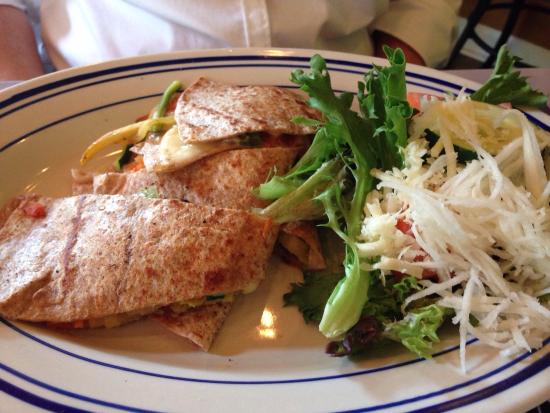




































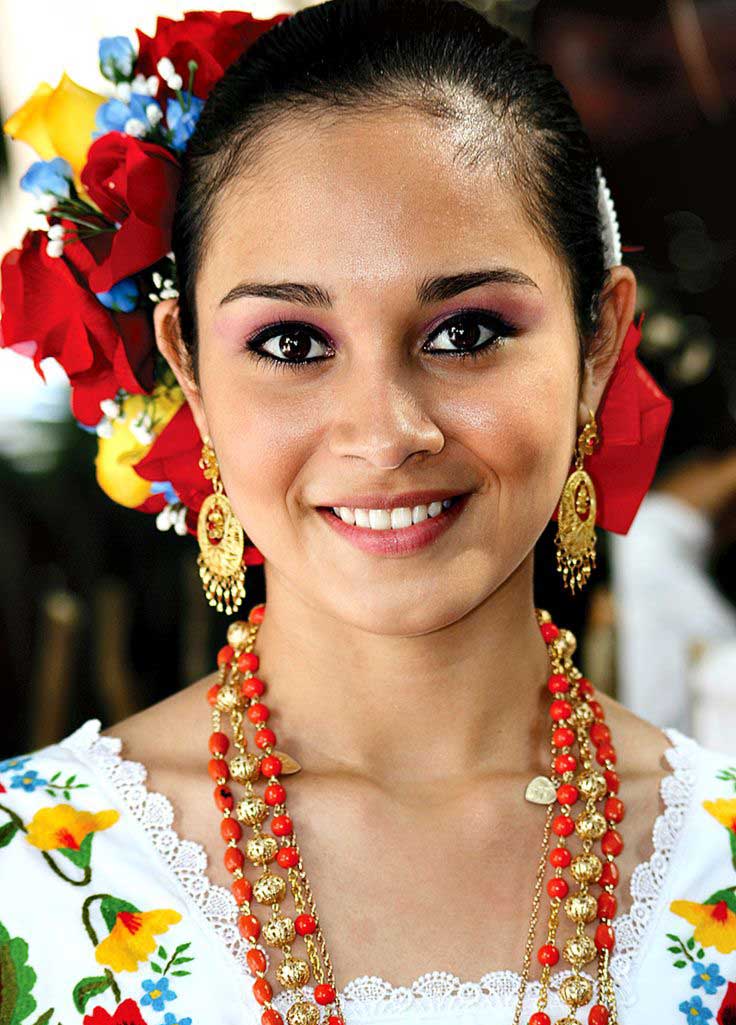






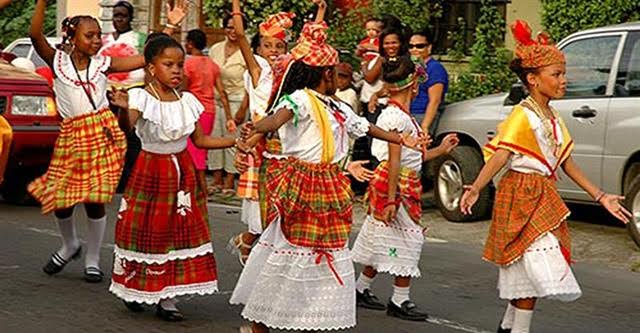
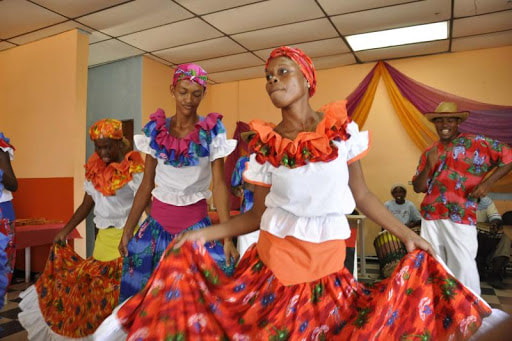





























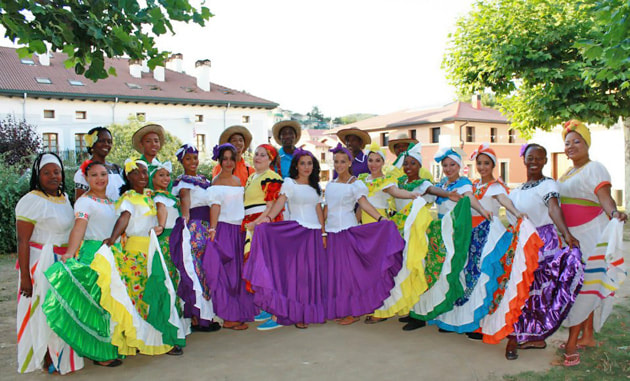








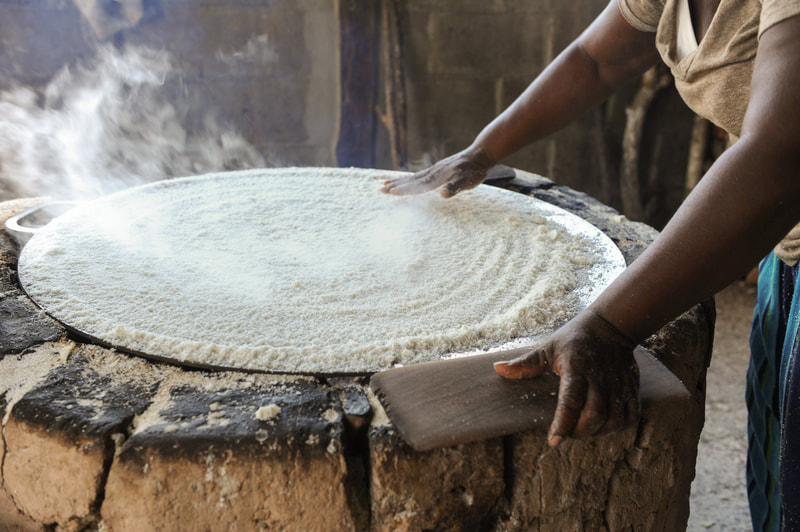












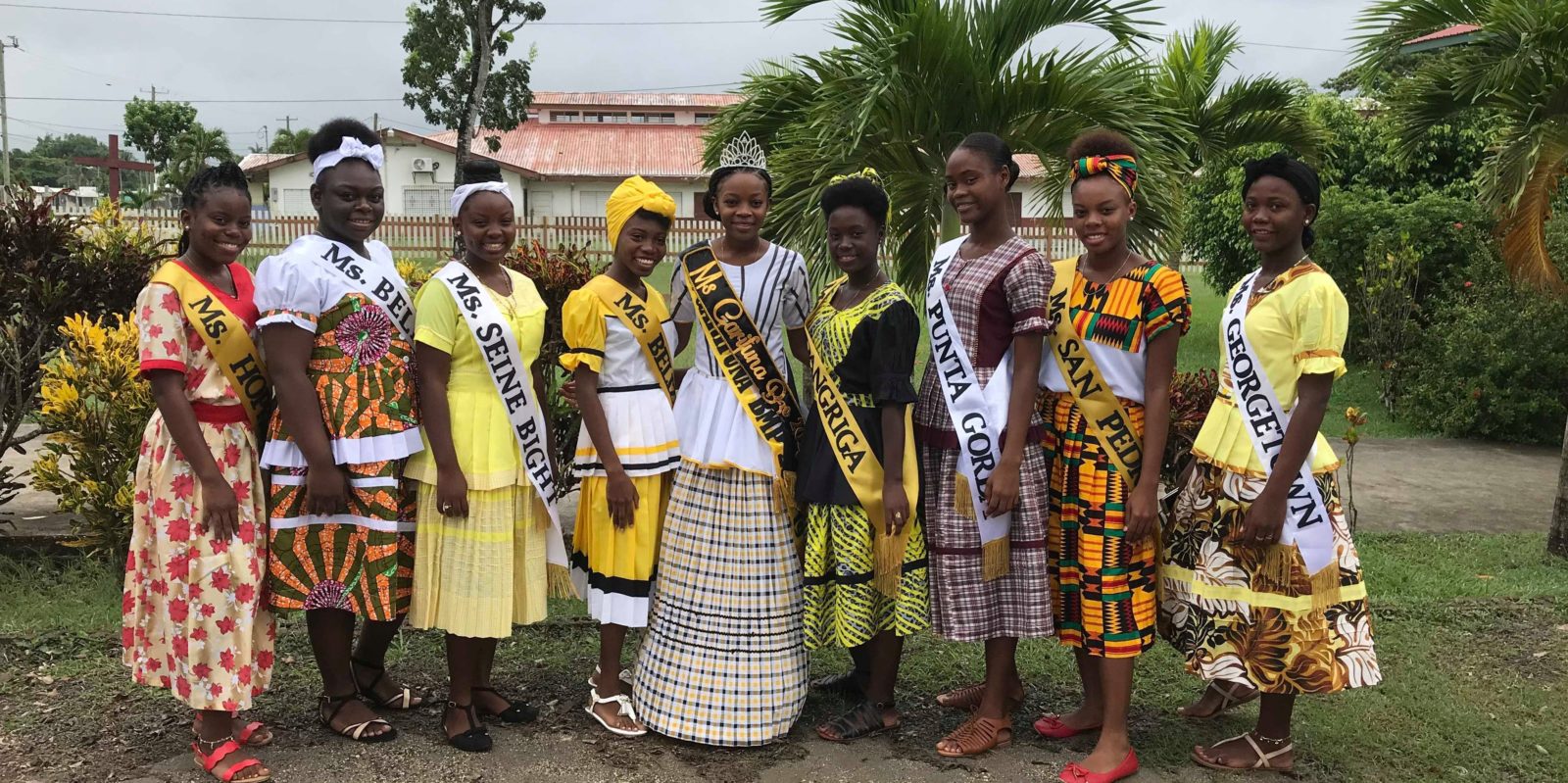



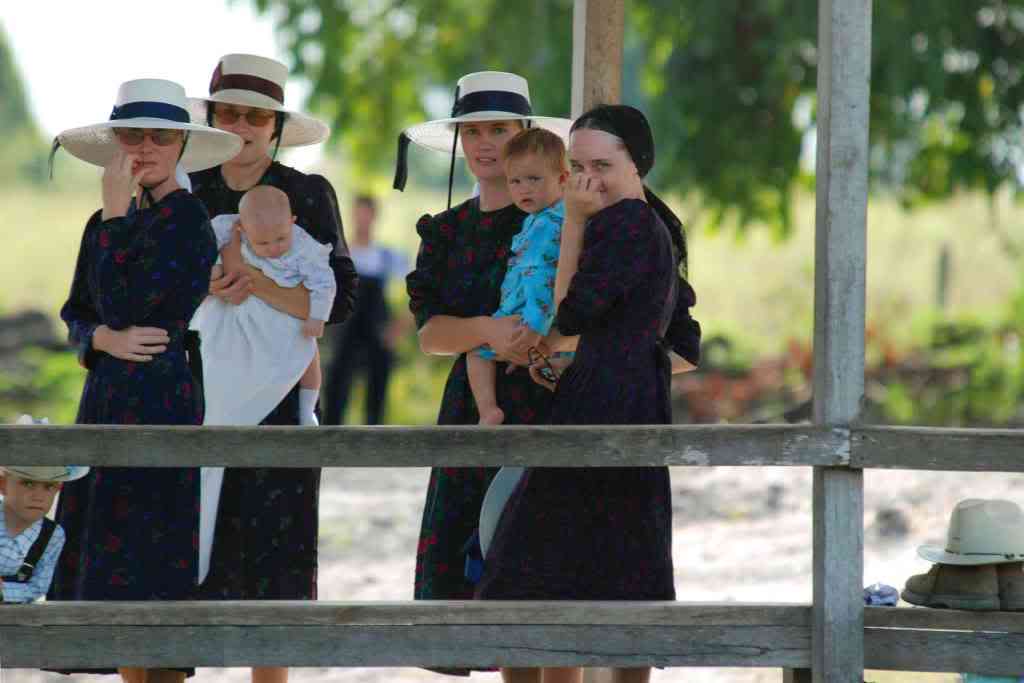






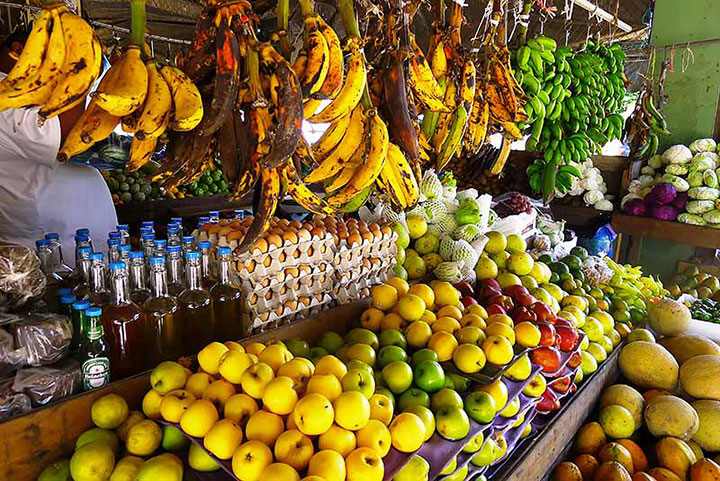

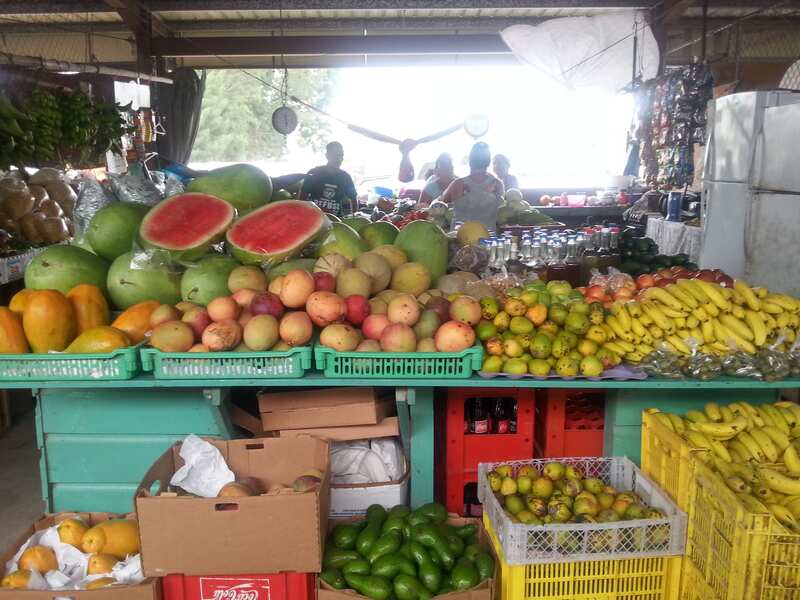

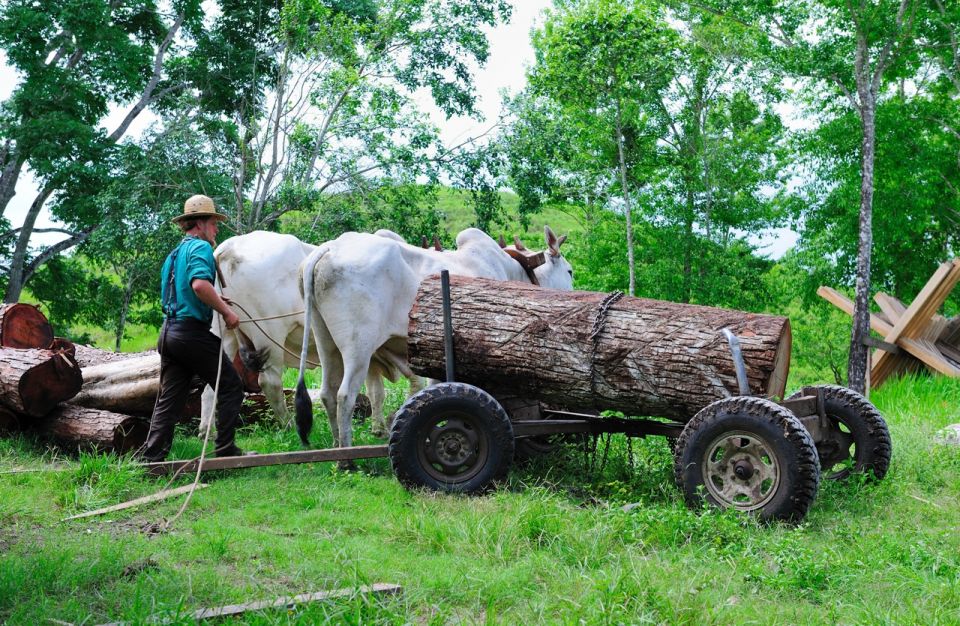





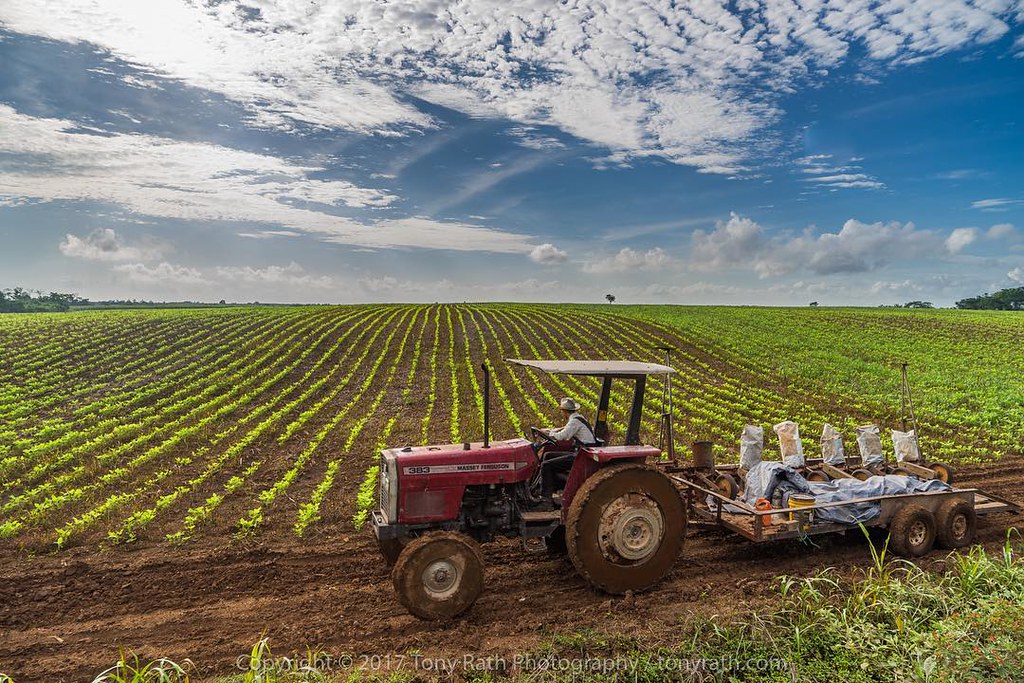




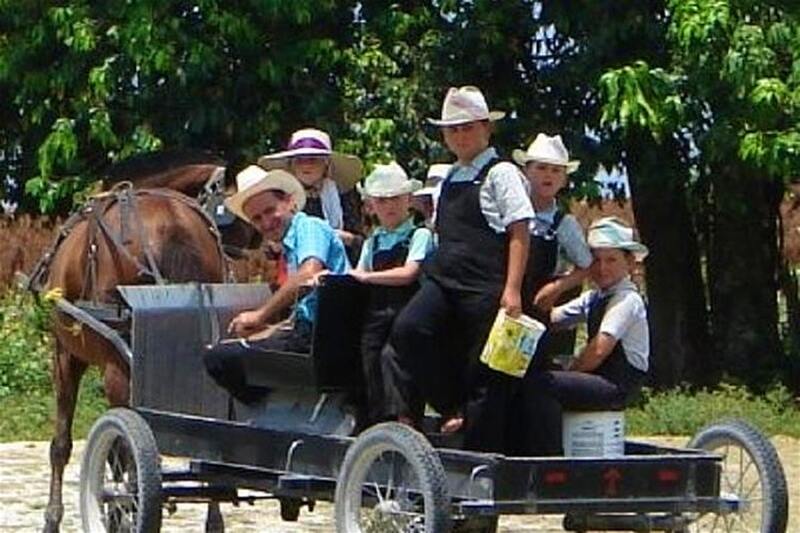















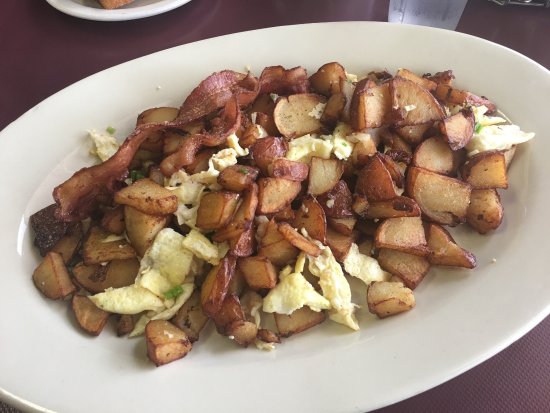
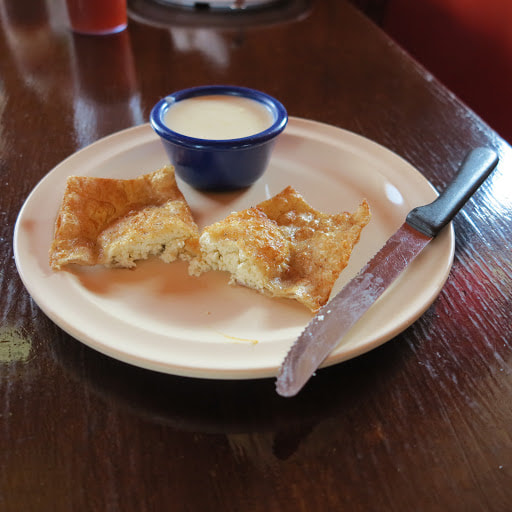







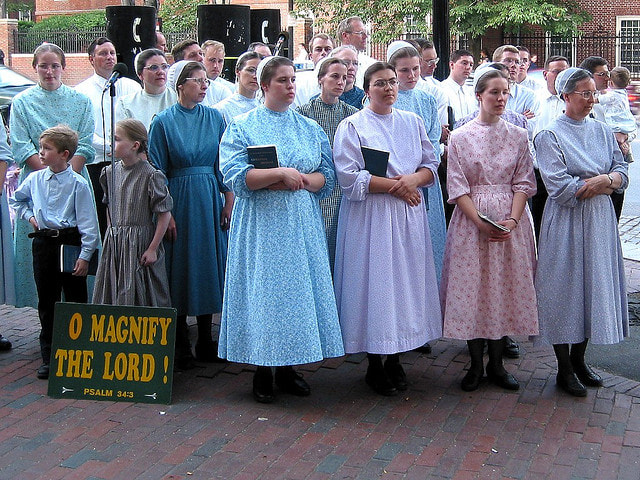


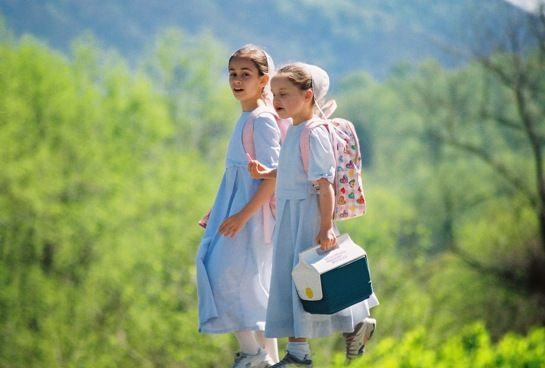









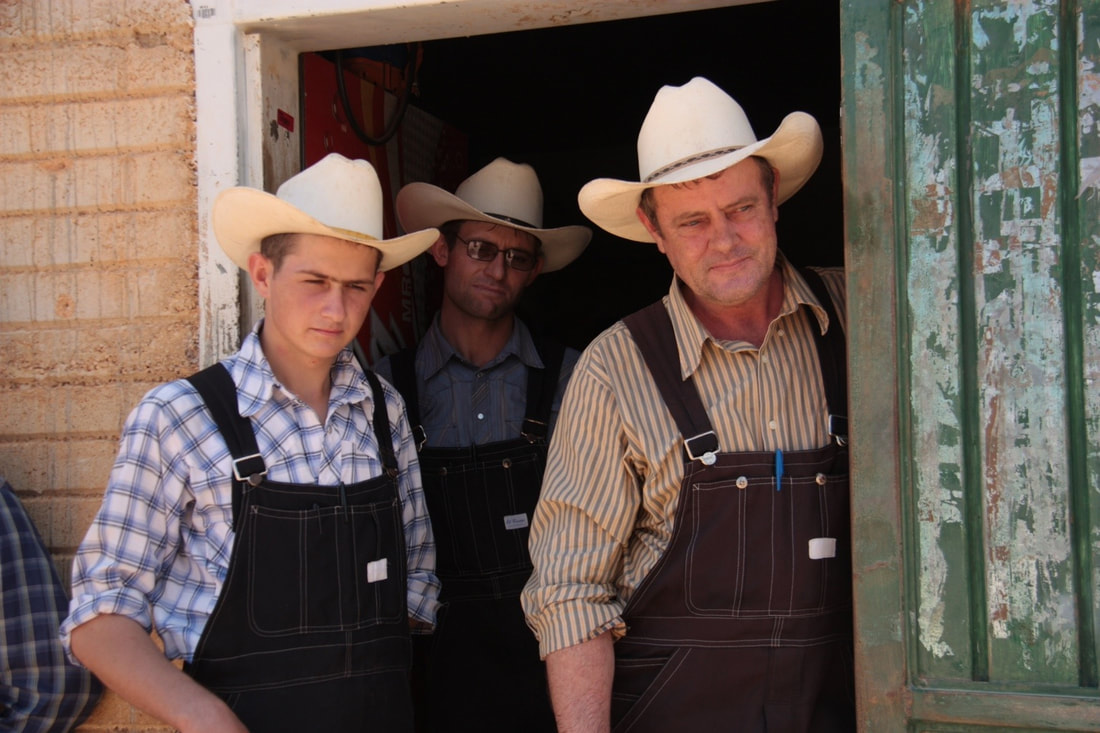



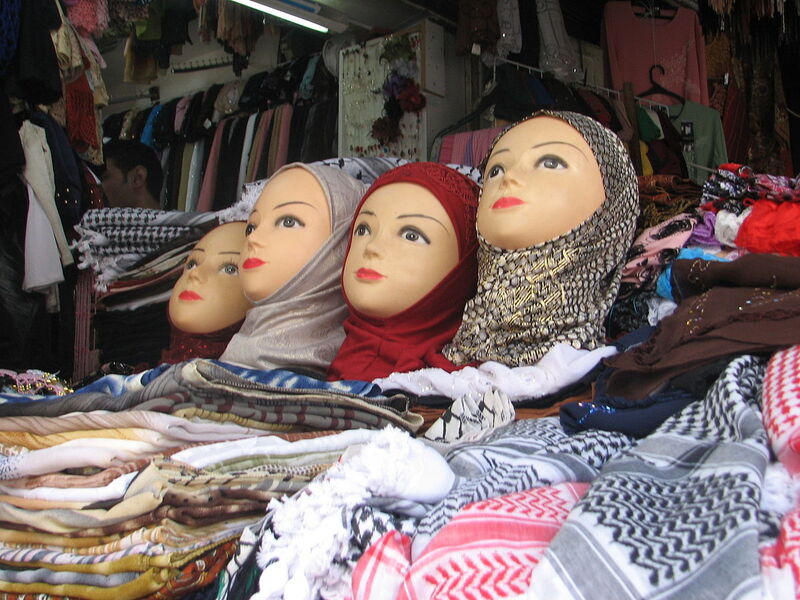

















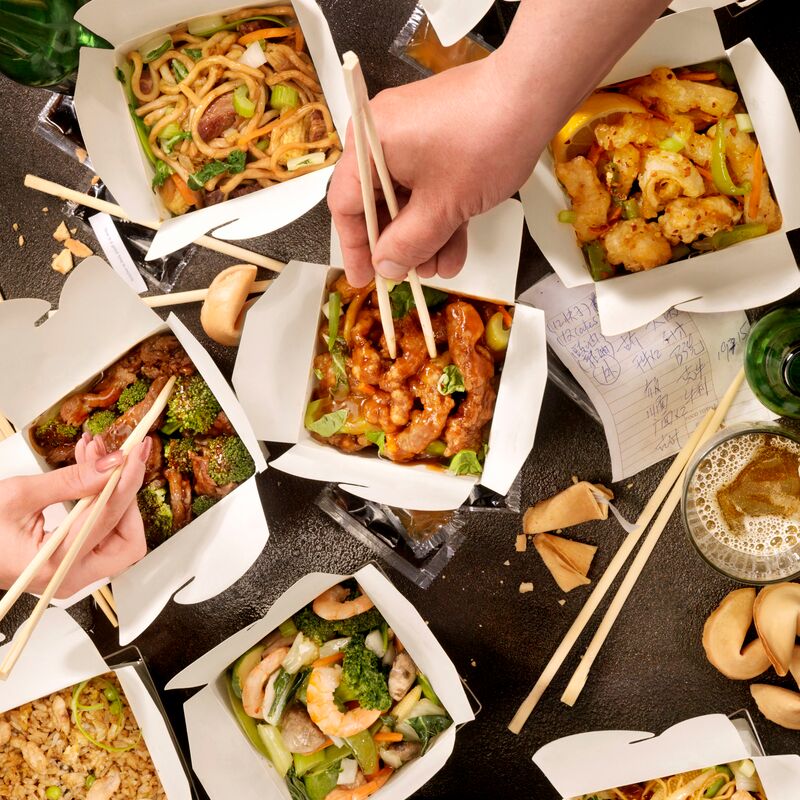


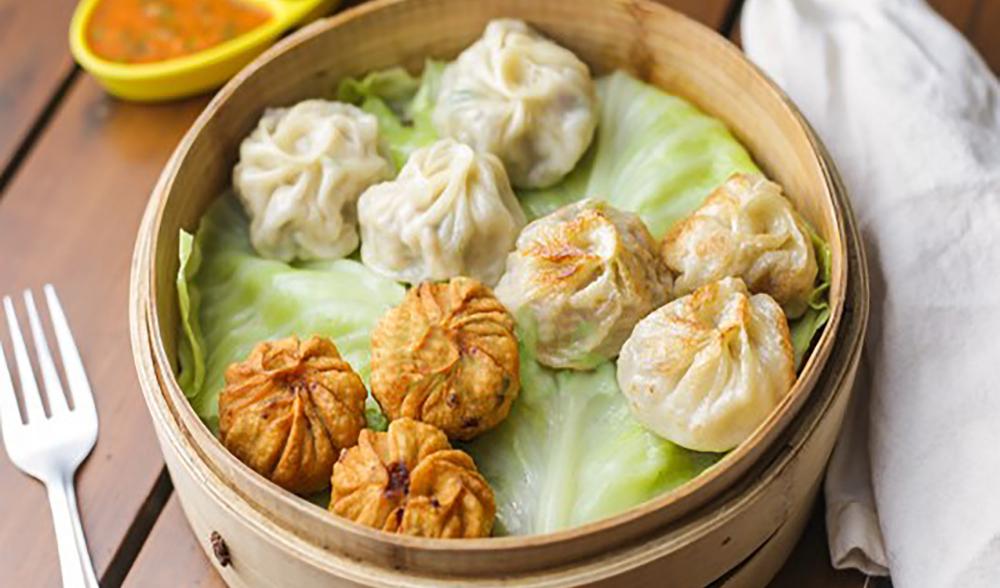










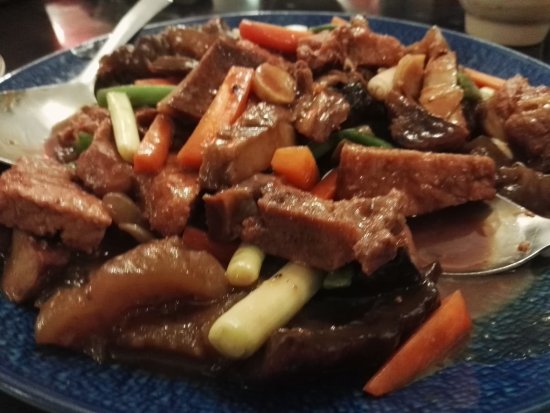











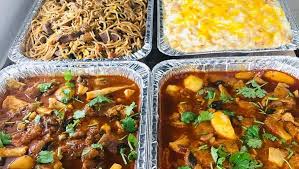
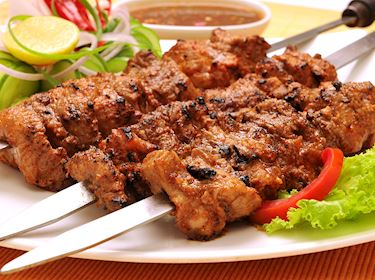









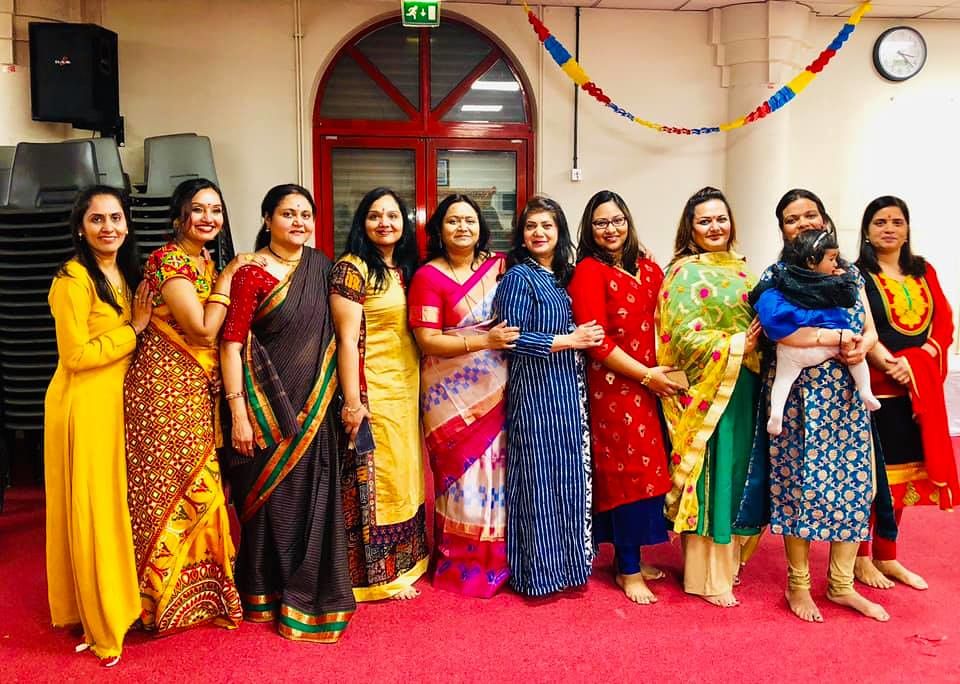

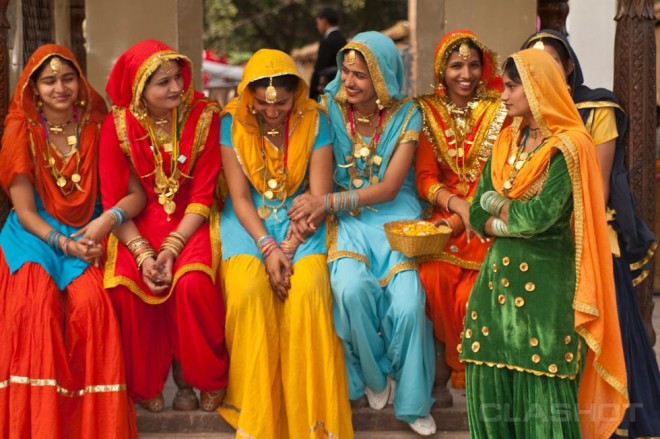
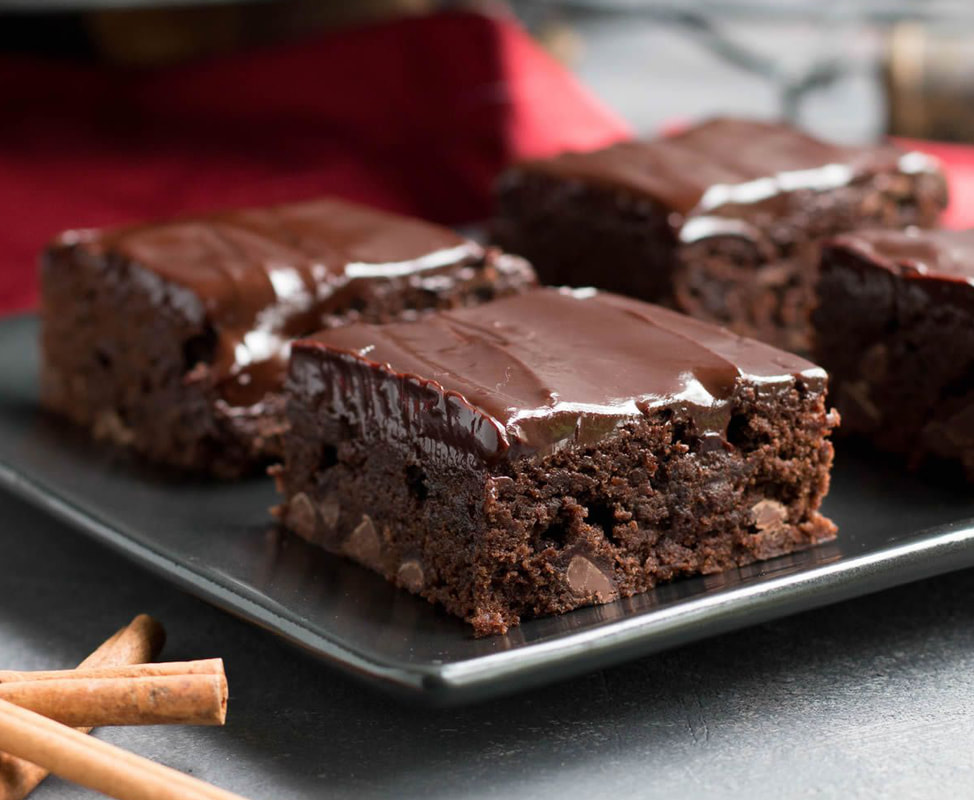

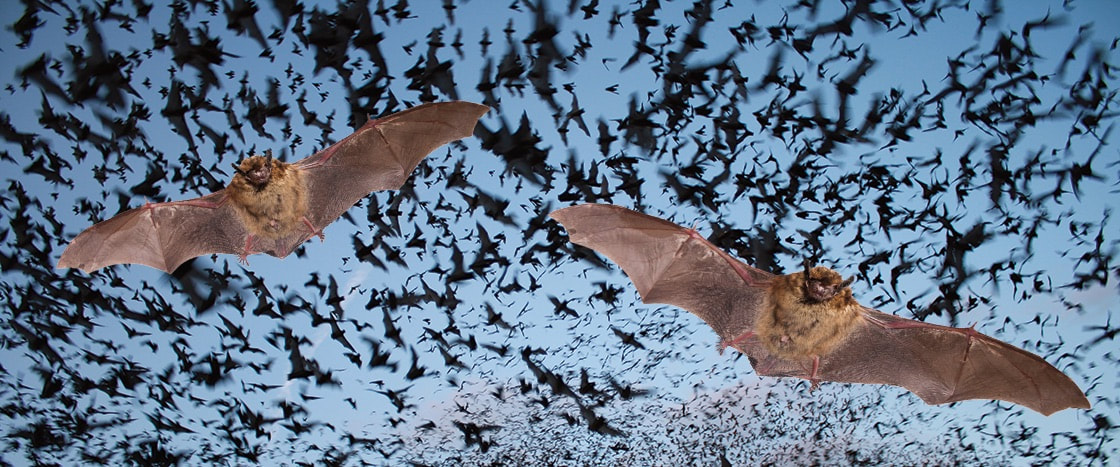









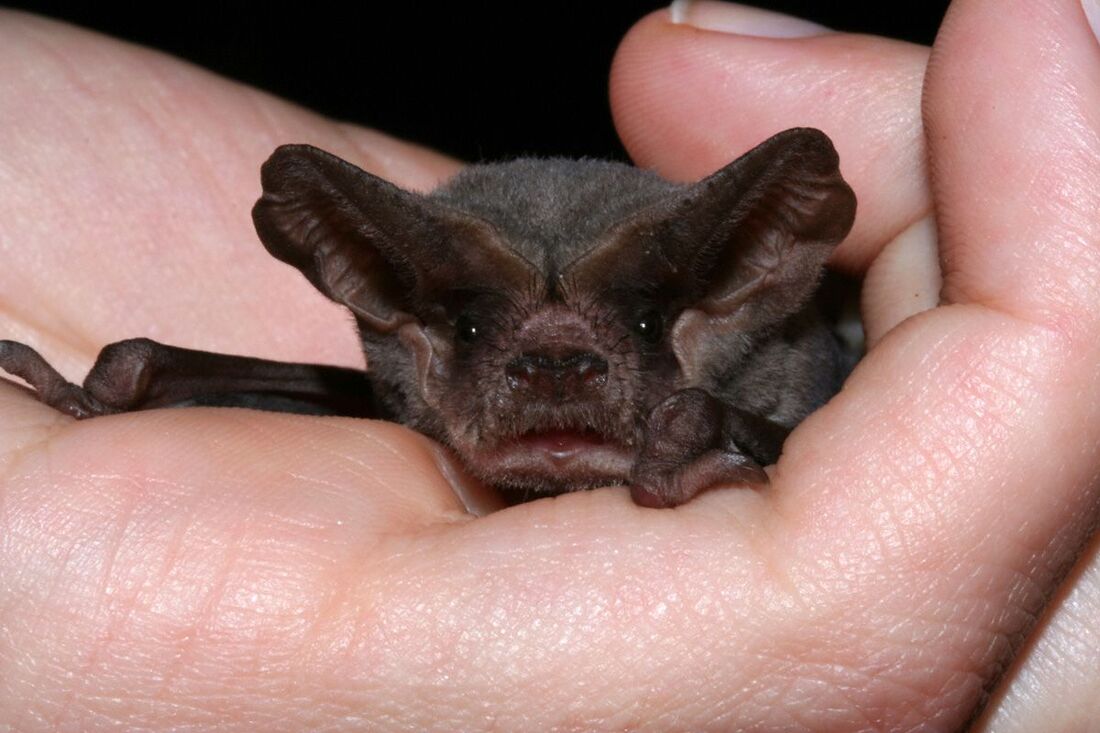





















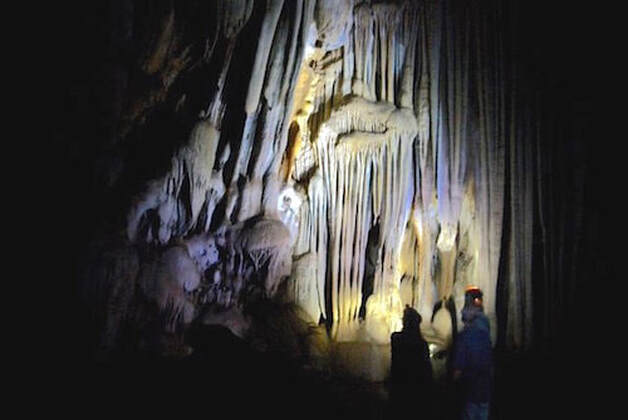



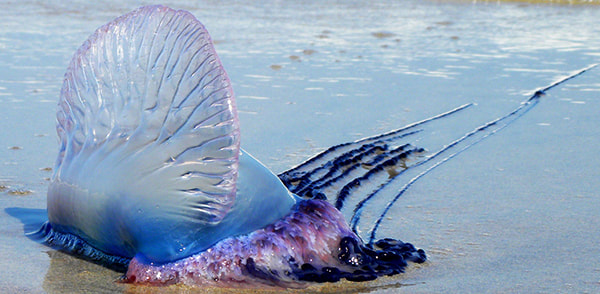
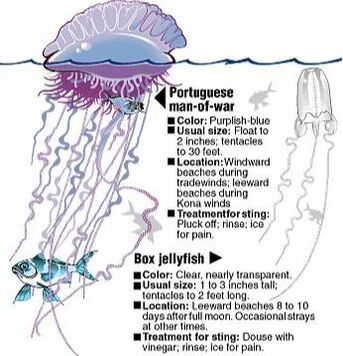




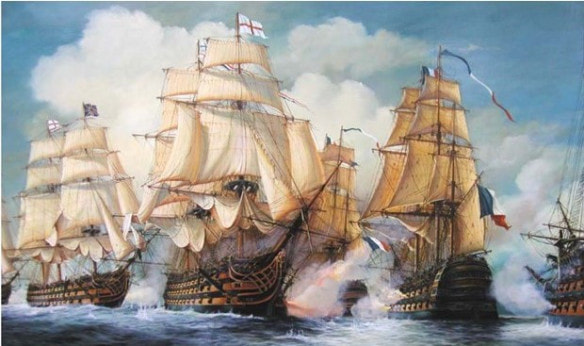

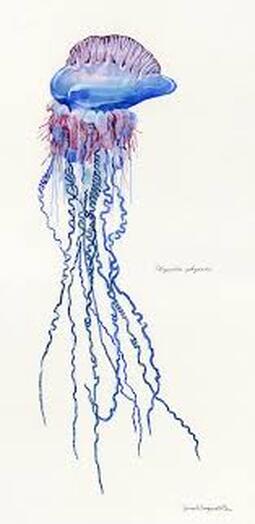










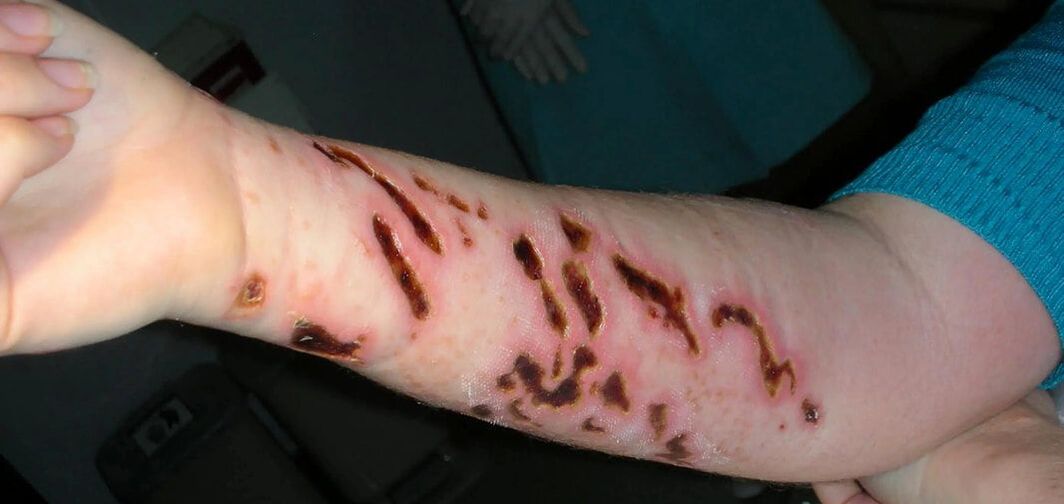
















 RSS Feed
RSS Feed












